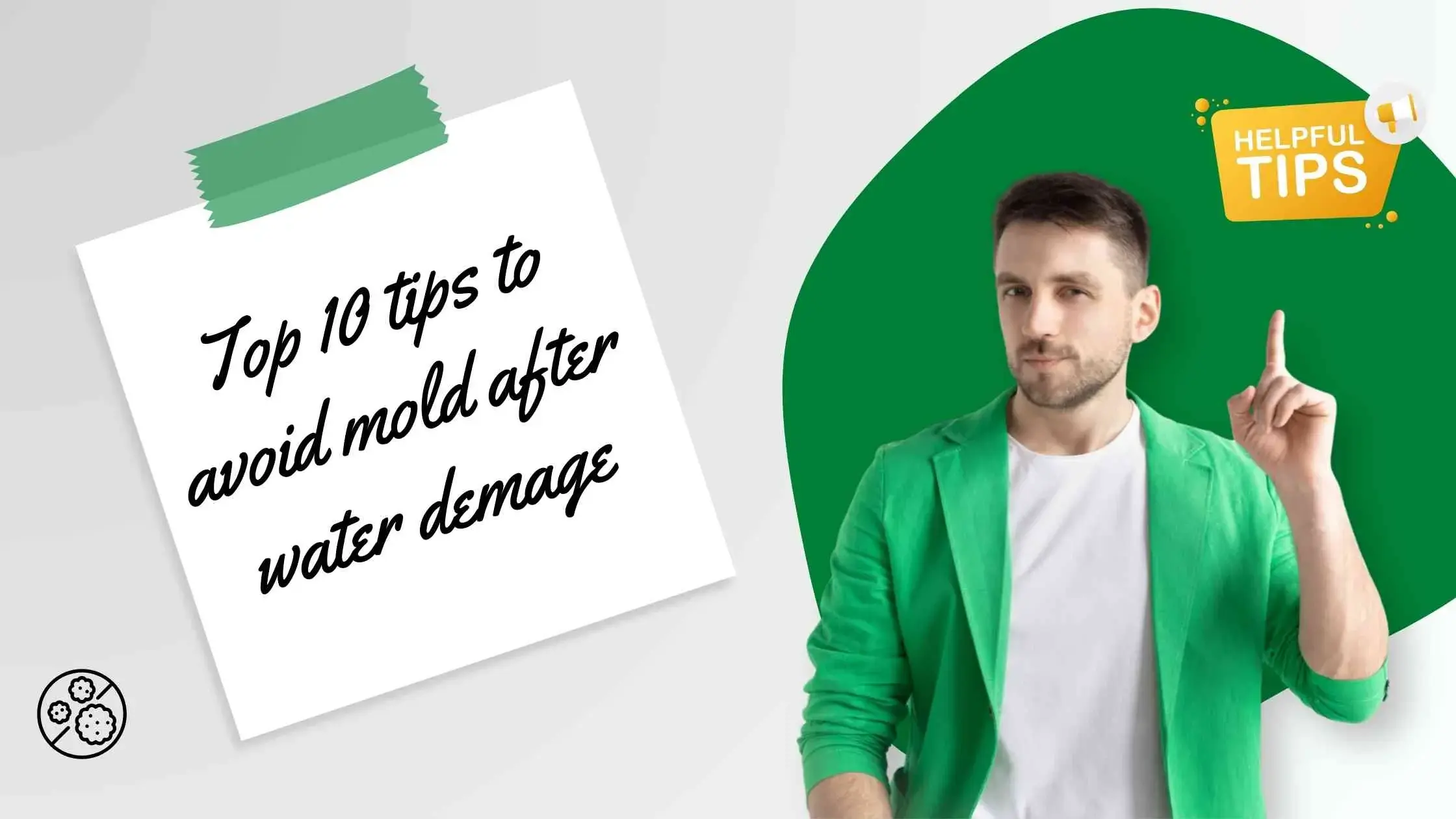
10 Ways to Deal with Water Damage, Mold, and Mildew
We'll show you how to stop mold growth from occurring after water damage.
The Top 10 Strategies to Avoid Mold After Water Damage:
Flooded basements, moldy drywall, and mildewed grout are unpleasant to deal with. Here are some suggestions to help you stop water damage and mold development before they start, as well as some advice on what to do in case it does happen.
First Tip: Manage Indoor Moisture to Avoid Mold Growth
Controlling moisture is essential for preventing mold and mildew growth. The worst infestations are typically found in wet crawl spaces, attics, and walls where water has spilled in from the outside and basements with poor foundation drainage. The most effective defenses are to seal leaks, provide proper attic ventilation, keep crawlspaces dry, and direct water away from the foundation. 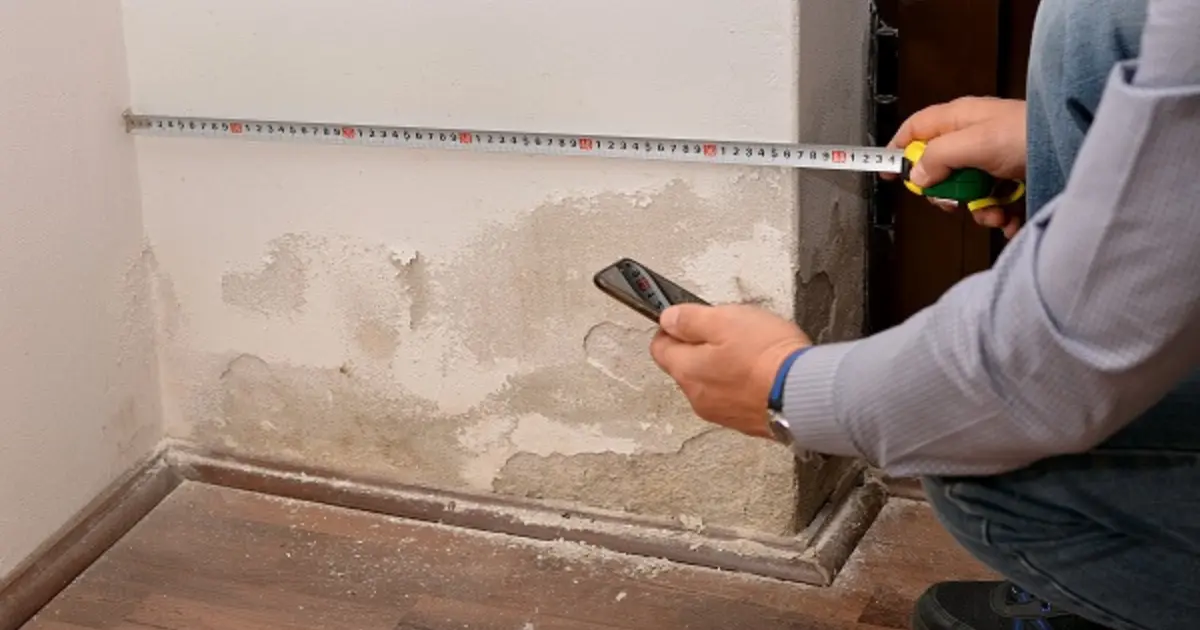
Tip 2: Verify the Size of Your Bath Fan
The second factor to consider when preventing mold after water damage is if your bath fan is large enough. If your fans aren't removing most moisture from your bathrooms within five to ten minutes, they may not be blowing enough air. The amount of air evacuated from the room (cfm, or cubic feet per minute) is used to certify fans. To calculate the recommended fan capacity for your bathroom:
Multiply the square footage by 1.1(Assuming an 8-foot ceiling; for a 9-foot ceiling, multiply by 1.5.).
Check your fan's cfm volume, usually marked on a label under the grille.
If it is too small for your bathroom, replace it with a larger one.
Here's what to do if you find mold on your bathroom walls.
Tip 3: Use "Smart" Humidity Sensors and Bathroom Timers
Bath fan timers are necessary since high humidity may cause everything from window condensation and mildew to moisture and decay in walls. Some modern wall switch timers include dual controls for shutting off lights and fans after a defined period. For the ultimate smart bath fan timers, invest in a humidity-sensing fan that will switch on and off in the ceiling when moisture levels increase and decrease.
Tip 4: In damp areas, use paint with mildewcide.
Surface mold may normally be controlled using mildewcide in paint, especially in moist locations like restrooms and shaded outdoor spaces. A lot of paints already contain mildewcide. To be sure, ask your paint dealer.
Tip 5: Squeeze the shower every time you use it.
After a bath or shower, squeeze the water from the shower walls. This removes at least three-quarters of the moisture that promotes mold and mildew formation.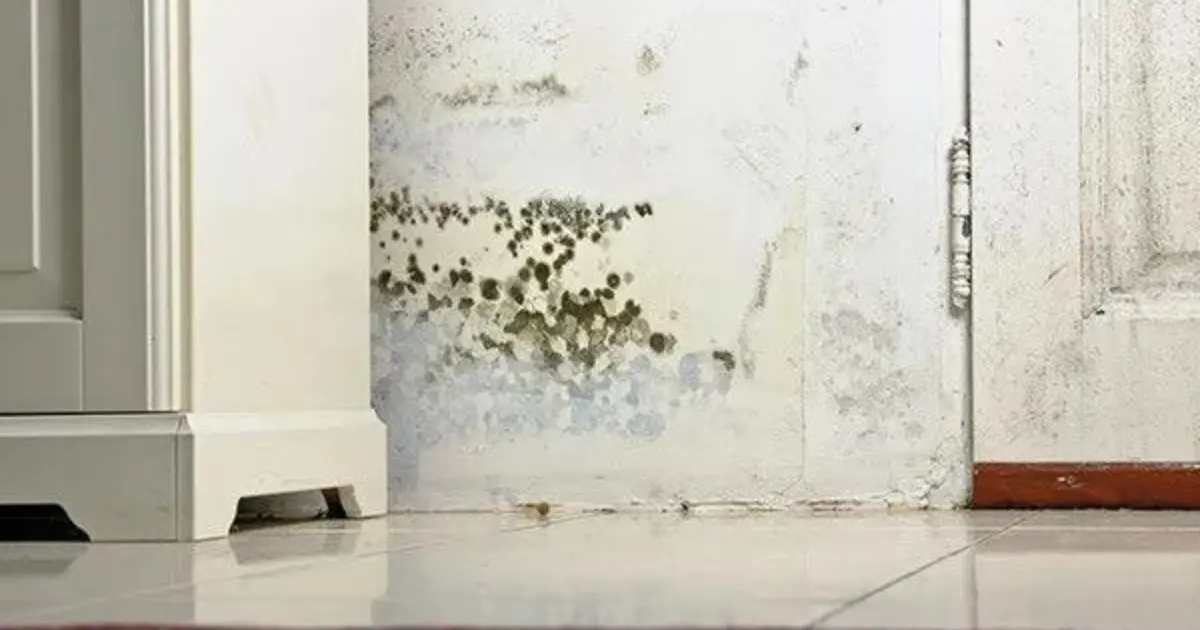
Tip 6: Remove Any Visible Mold ASAP
Surface molds may grow in almost any moist area, including the grout lines of a ceramic tile shower. To remove mold, clean with detergent and water and allow the area to dry thoroughly. Alternately, use a solution of 90% water and 10% bleach (a more robust bleach solution will not produce better results). Apply the solution with a spray or brush, let it ten minutes to rest, then rinse and let it air dry. Concrobium, a nontoxic mold remover ($10 for 22 oz.; home stores or Amazon), works well every few months. Check out our comprehensive guide on mold removal and treatment. Check out our comprehensive guide on mold removal and treatment.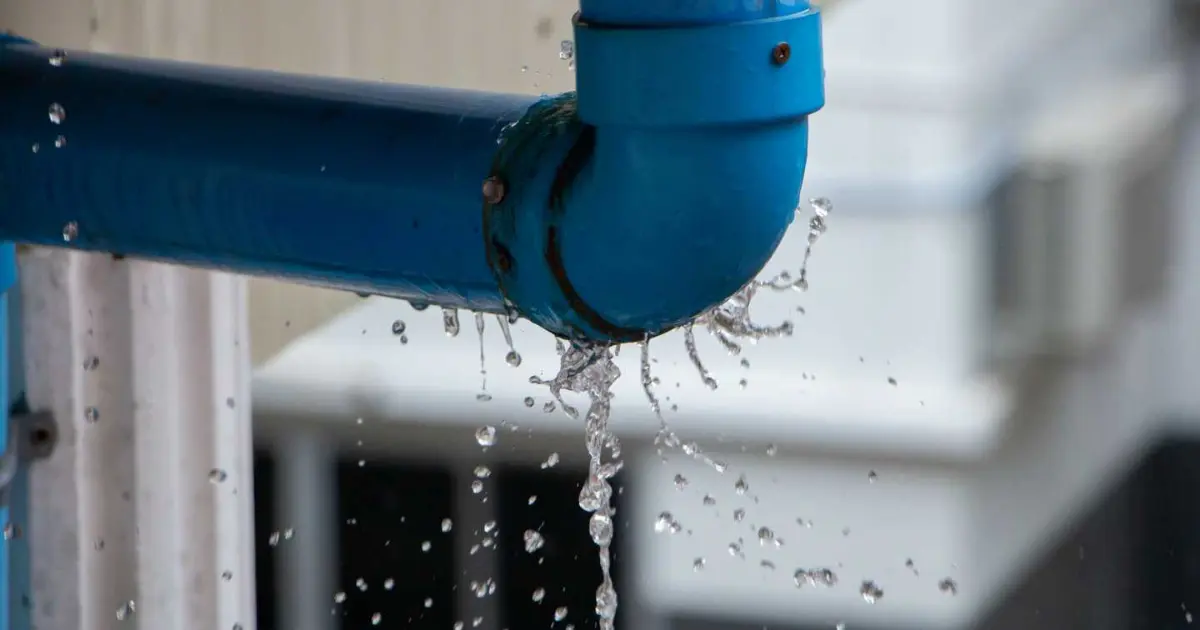
Tip 7: Be Quick to Stop a Leak
Another key tip for preventing mold after water damage is to act quickly in an emergency. A burst plumbing leak can flood your house with many gallons of water per minute. You must act quickly to stop the stream. Obviously, you should shut off the main water valve. However, a few liters of water may still be in the pipes above the leak. Turn on the lowest faucet in the home, allowing the water to drain harmlessly rather than through the leaky pipe.
Tip 8: Get Rid of It Right Away
The greater the duration of moisture, the higher the probability of long-term harm. Delays can also cause mold issues inside walls, costing thousands of dollars to remove. So, clean up the mess before you head out to buy plumbing parts. ASAP.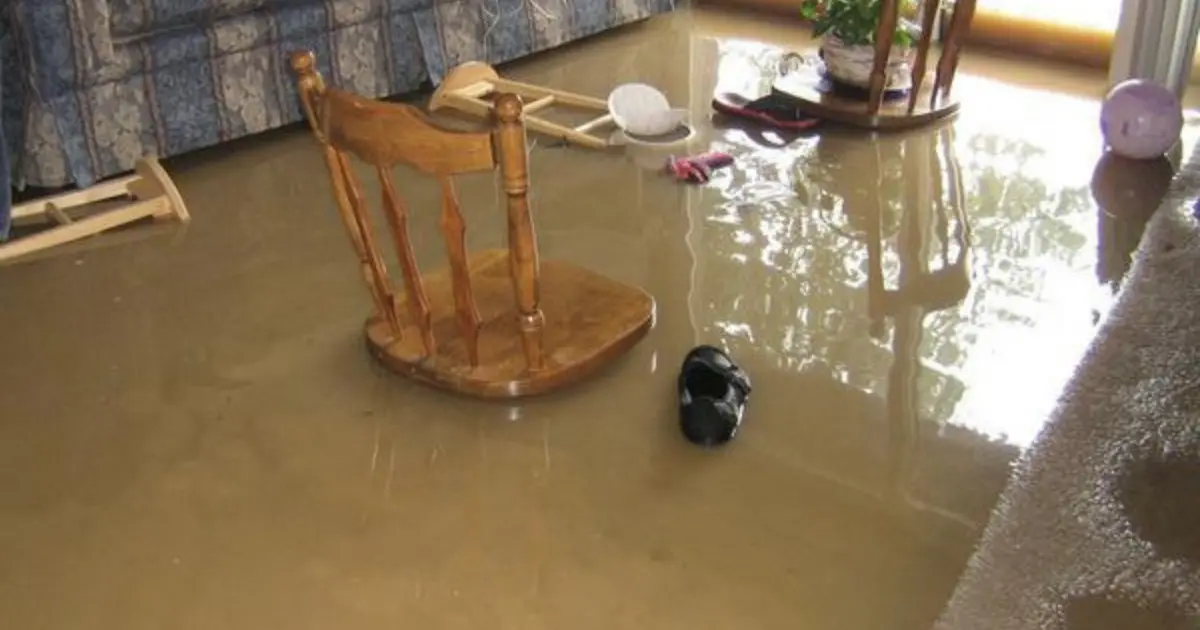
Tip 9:... But Do Not Act Rashly.
Your initial instinct will be to wade in and get your belongings. But the water might be harmful, so put on your boots and take measures. Any water that comes into touch with electricity might be lethal. Stay out of the water until you, an electrician, or your utility company turn off the electricity to your basement. Floodwaters may contain harmful chemicals and virtually likely harbor deadly microorganisms. Protect injuries and open wounds from flooding, and use plastic gloves when handling your belongings.
Tip 10: Prevent the Leading Causes of Water Damage
Avoid having a plumbing disaster when you get home. When you leave for a long time, turn off the main water valve, use frost-proof outside faucets, and use stainless steel "no-burst" hoses for washing machines, faucets, and toilets.
Leave a Reply
Your email address will not be published